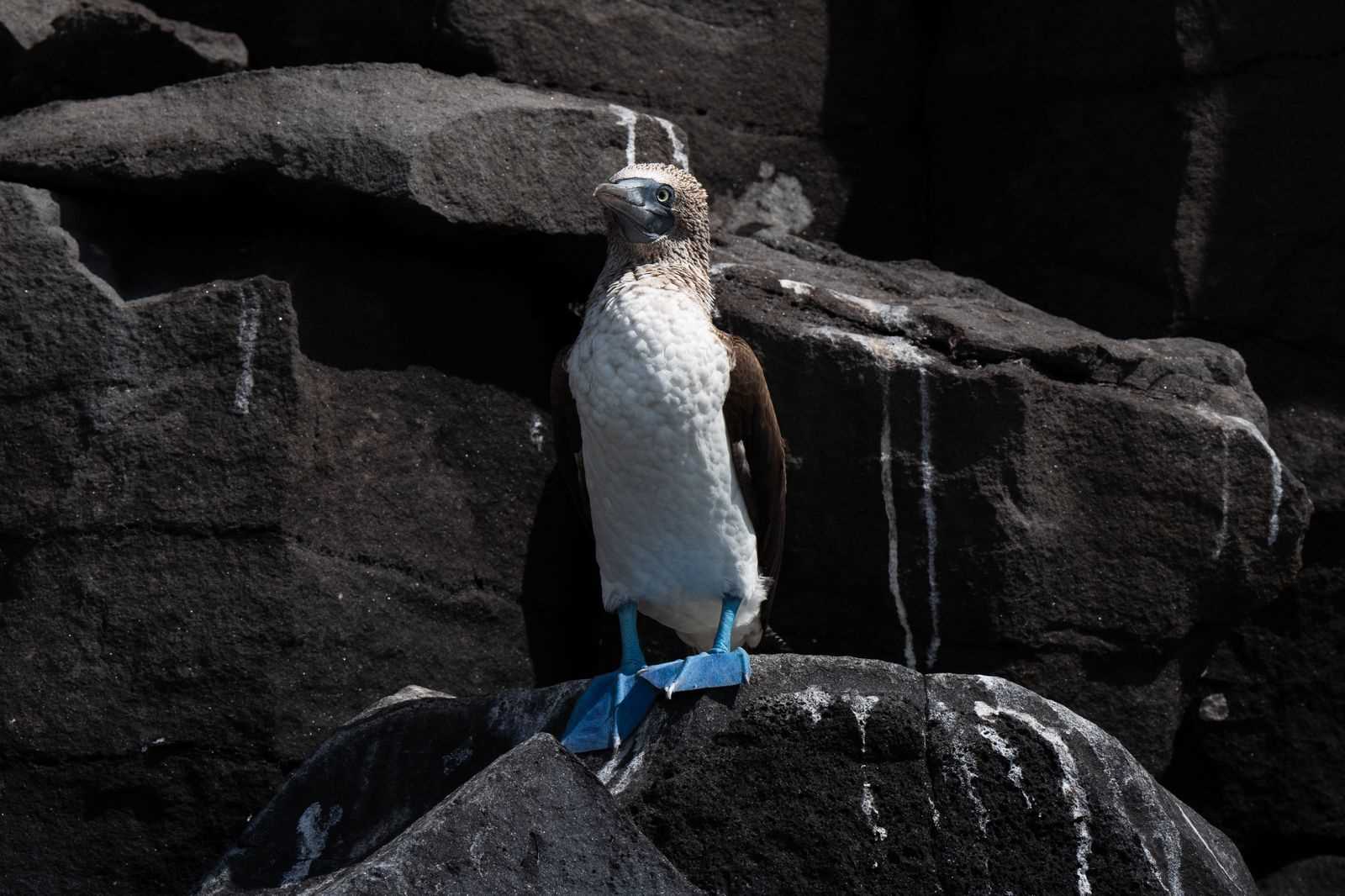Today we took advantage of the first light of day to go for a natural history walk on this small but abundant in wildlife island. As we walked along the trail, we saw countless swallow-tailed gulls, yellow land iguanas, and Galapagos sea lions. The red Galapagos carpet weed gave the island a very exotic look and enhanced our photographs.
During the afternoon, we enjoyed the crystal-clear waters of Santa Fe Island by taking part in different activities, such as a glass bottom Zodiac tour and snorkeling. The highlight of the late afternoon was a hike along the forest. Here we found a unique species of land iguana, the pale iguana. Hawks were also observed until sea lions stole our guests’ attention.
It was another incredible day in the Galapagos.







